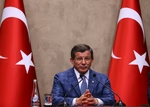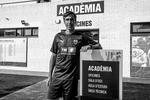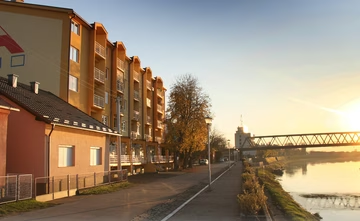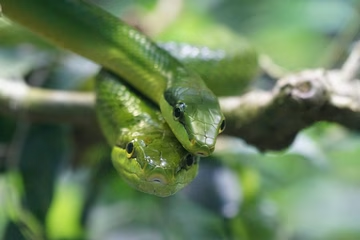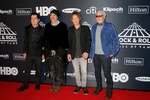
Like every year, Sarajevans lined up along the main street to pay their respects to the victims of the Srebrenica genocide whose remains were found in mass graves, identified through DNA analysis and have passed through the capital on their way to their final resting place at the Srebrenica–Potocari Memorial.
The truck carrying 33 victims departed Tuesday morning from the central Bosnian town of Visoko and briefly stopped in the Sarajevo suburbs of Ilijas and Vogosca before it halted in front of the building of Bosnia’s Presidency, where it was greeted by a sea of people, including local officials, several foreign ambassadors and Turkey’s President Recep Tayyip Erdogan and his wife Emine.
Among the officials were also High Representative Valentin Inzko, the foreign diplomat tasked by the international community to oversee the implementation of the agreement that ended Bosnia’s war, as well as the Bosniak and Croat members of the tripartite Presidency, Sefik Dzaferovic and Zeljko Komsic, respectively.
“Although there are still victims who were found and identified, there are less and less of them. I was present when there were 700 and more and now there are fewer. But every single victim deserves our respect,” Inzko told reporters.


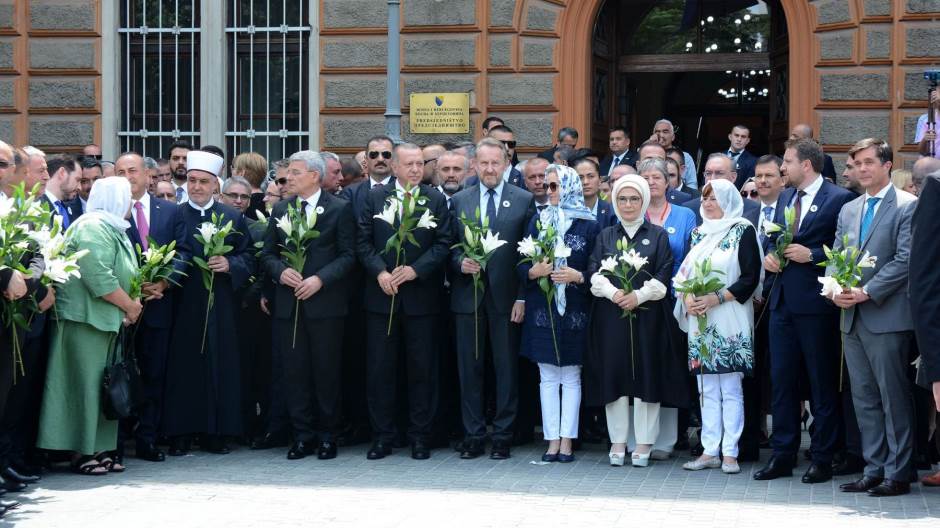
The youngest to be buried this year is Osman Cvrk, who was 16 when he was killed.
“I think that every civilised society remembers people who died and that is important. If we forget them, then it is as if we killed them twice. I think this is an expression of our civilisation and the humanity of our society, to remember and never forget our deceased,” he added.
Komsic told reporters that the process of searching and burying the remains of the victims is unfortunately not finished. He said that some issues are not as emotionally intense as they used to be, but that this one is not one of them.
“This is such a big tragedy, and not only for individuals, people who lost their loved ones or who remained crippled. This is a tragedy in the collective memory of people and it has nothing to do with whether they are Bosniak Muslims, Orthodox Serbs, Catholic Croats or atheists,” Komsic said.
“This is a collective trauma in our thoughts, in the souls of every normal person,” he said, arguing that it “has nothing to do with religion, with ethnicity, but with humanity, with civilisation and anti-civilisation, with crimes and justice.”
Komsic stressed that, regardless of what courts ruled, “there are always those people and structures in Bosnia and Herzegovina and outside who will say that the truth is not true, that something else happened and they keep telling that to us, who have experienced all of this on our own backs.”
“That is a new problem Bosnia’s society, not all of it, but part of it, is facing,” he said, referring to the denial of the Srebrenica genocide in Bosnia’s Serb-majority part, Republika Srpska (RS).
“It is, basically, mentally sick to deny facts and the truth about the crimes that were committed in Bosnia and Herzegovina, especially regarding the genocide in Srebrenica,” he concluded.
Bakir Izetbegovic, the leader of the main Bosniak party in the country, the Party for Democratic Union (SDA), US Ambassador Eric Nelson, Sarajevo’s mayor Abdulah Skaka, the head of Bosnia’s Islamic Community, Husein Kavazovic, and numerous other politicians and diplomats gathered to honour the 33 victims as well.
“My heart and sincere sympathies go out to the mothers and families of the victims of the Srebrenica genocide,” the US Ambassador tweeted.
Citizens stuck flowers into the canvas of the truck with the caskets and silently prayed for the victims.
The truck briefly also stopped at a monument erected for the children killed during the siege of the capital between 1992 and 1995, and at the Markale market, the site where 68 people were killed by a shell during the siege.
On July 11, 1995, Bosnian Serb forces overran the eastern Bosnian enclave and rounded up the town’s Muslim Bosniaks, separated men from women and little children and systematically executed some 8,000 men and boys.
The bodies of the victims were buried in a large number of mass graves.
The International Criminal Tribunal for the Former Yugoslavia (ICTY) and the International Court of Justice later ruled that the massacre was an act of genocide.
New remains of the victims are found and identified yearly and buried during a ceremony on July 11 each year. This year the remains of 33 victims will join the 6.610 already buried at the Memorial Centre.
Kakvo je tvoje mišljenje o ovome?
Učestvuj u diskusiji ili pročitaj komentare





 Srbija
Srbija
 Hrvatska
Hrvatska
 Slovenija
Slovenija









